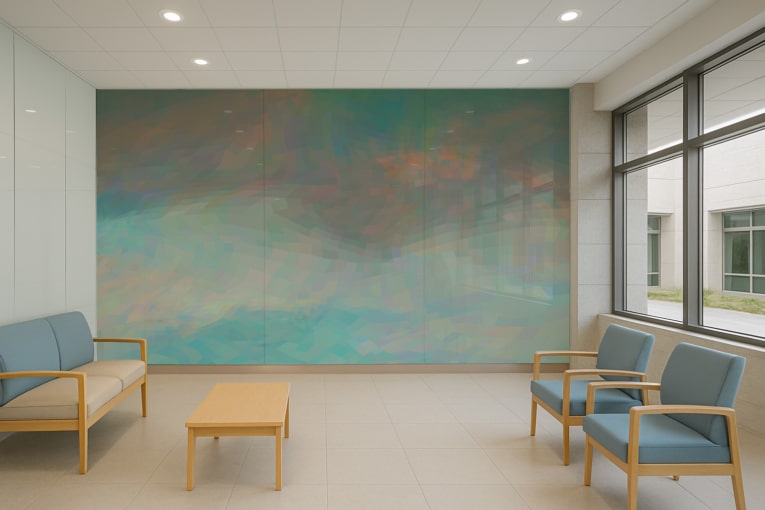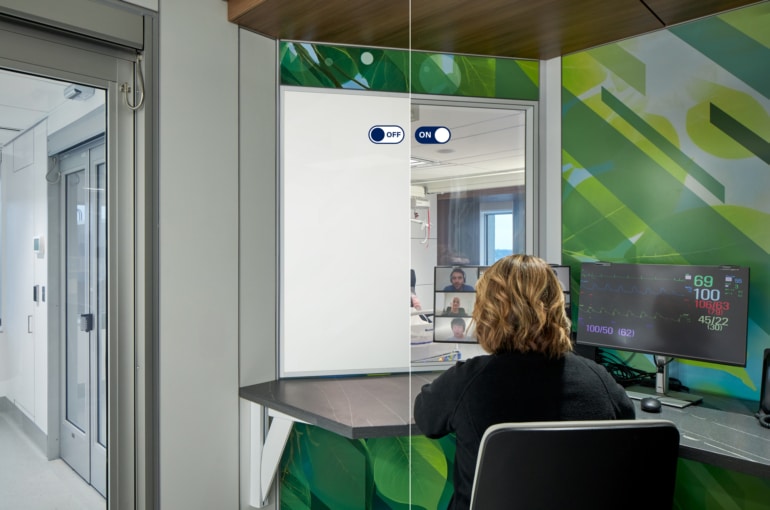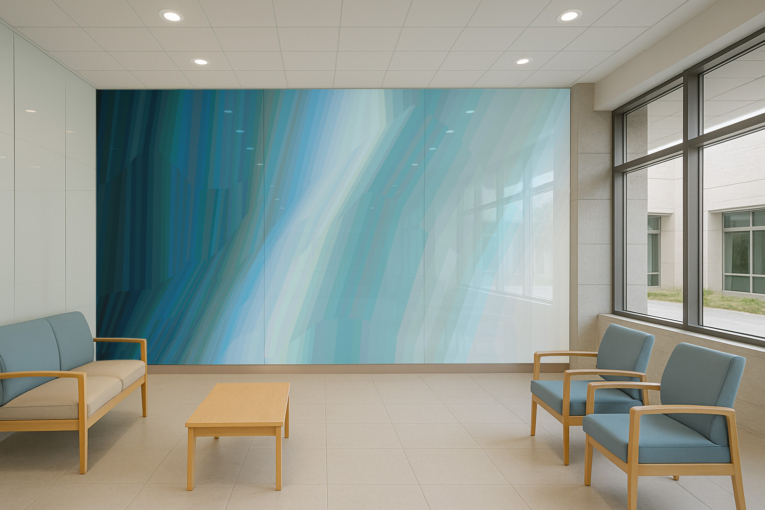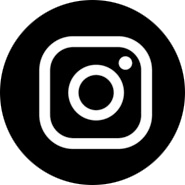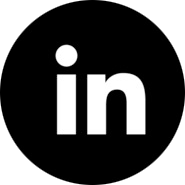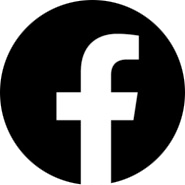Shown above: Custom bird-friendly glass featuring silhouettes of local animal species, designed for Kresge College at the University of California, Santa Cruz. Fabricated by Skyline. Architecture by Studio Gang. Photo by Jason O’Rear.
Each year, tens of thousands of birds die in Chicago after colliding with glass they can’t see. But the problem is preventable—and Skyline is helping lead the charge for change.
On July 23, Skyline Founder Charlie Rizzo and National Sales Director Mark Toth testified at a Chicago City Council hearing in support of stronger bird-friendly building regulations. They joined award-winning American architect Jeanne Gang, founder of Studio Gang, along with wildlife advocates to call for more sustainable design that protects both birds and buildings.
What Kind of Glass Can Birds See?
Birds often mistake transparent or reflective glass for open sky or trees. To prevent collisions, glass must include visible patterns that birds can recognize as barriers.
Skyline offers three proven bird-friendly glass solutions:
- Surface One Eco-etch® Glass: A permanent pattern engraved on surface-one of the glass, backed by a lifetime warranty.
- Ceramic Frit Digital Printing: A digitally printed pattern baked into the glass during tempering.
- Printed Interlayer Lamination: A patterned interlayer laminated between two lites of glass using EVA for better optical clarity than traditional PVB.
All three methods meet the visual and durability needs of high-performance architecture.
Understanding the 2×4 Rule
To be effective, patterns must be spaced properly to alert birds. That’s where the 2×4 Rule comes in:
- 2 inches apart vertically
- 4 inches apart horizontally
Skyline offers patterns that comply with both the 2×4 and more protective 2×2 spacing guidelines, helping designers meet bird-friendly standards without sacrificing aesthetic goals. By following this rule, Skyline ensures its glass products strike the balance between visibility for birds and visual elegance for people.
Is Bird-Safe Glass More Expensive?
Not significantly. One of the main objections raised during the hearing was cost—but Skyline’s leadership brought facts to counter the narrative.
“Bird-safe markings typically add just 3–10% to the cost of the glass,” said Toth. “And glass is only a small percentage of most construction budgets.”
Consider these real-world examples:
- A $6 million renovation at Northwestern’s Jacobs Center included only $75,000 for bird-safe glazing.
- At Google’s new Chicago HQ, bird-friendly glass represents just 0.17% of the total $250–$280 million project budget.
When included early in the design phase, the added cost is minimal—and far less than retrofitting later.
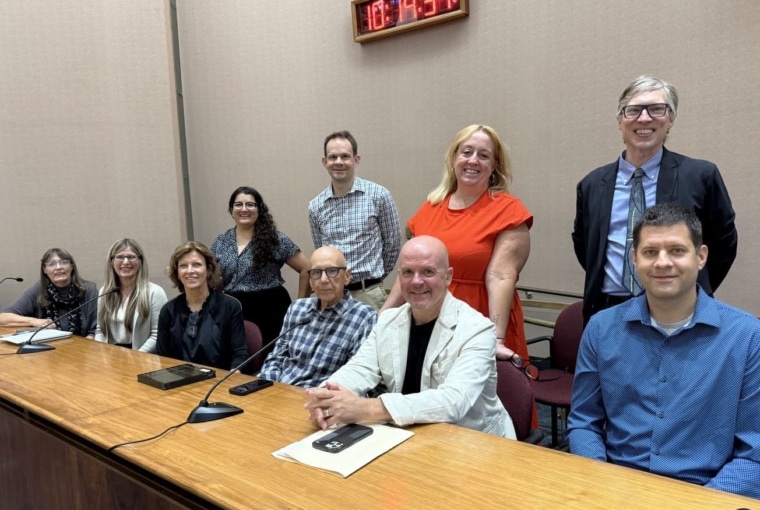
Shown above, from left to right starting with the third person in front: architect Jeanne Gang, Skyline founder Charlie Rizzo, and National Sales Director Mark Toth, joined by fellow bird advocates during the City Council hearing on bird-safe building design.
Why Skyline Took a Stand
Skyline has been making bird-safe glass in Chicago’s Humboldt Park for over a decade. The team has partnered with leading architects like Studio Gang to bring functional, sustainable, and bird-friendly solutions to projects nationwide.
At the hearing, Rizzo and Toth emphasized that both the technology and capacity exist today—right here in Chicago—to scale bird-safe design. The glass industry is not the obstacle. In fact, Skyline is ready.
“Chicago is building in ways that unintentionally devastate bird populations,” Toth said. “It’s time we change that.”
Looking Ahead
Chicago lies on one of the busiest bird migration paths in North America. As the City Council debates next steps, Skyline is proud to support policies that create safer buildings—without delaying or inflating development.
Build a city where sustainability design protects both beauty and biodiversity with Skyline. Learn more about Skyline’s SkySafe ™ Bird-Friendly Glass or contact us to get started on your next project.
Stay in the Glass Loop
Get the latest Skyline news and product info delivered to your inbox.
